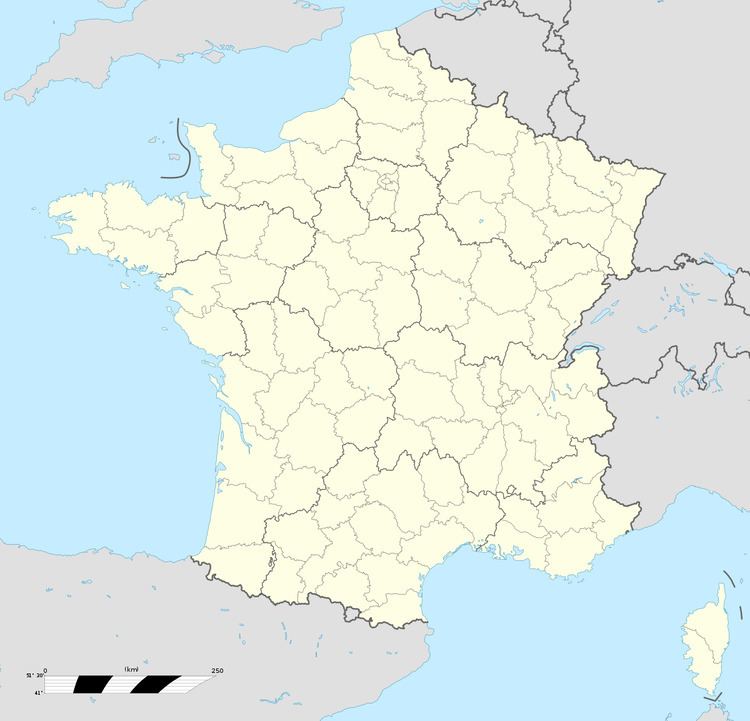Country France Department Bas-Rhin Canton Brumath Area 12.23 km² | Population (2006) 2,778 Local time Friday 1:59 PM | |
 | ||
Weather 12°C, Wind N at 6 km/h, 50% Humidity | ||
Gries is a commune in the Bas-Rhin département in Grand Est in north-eastern France, a short distance to the south-southeast of Haguenau.
Contents
- Map of Gries France
- Etymology
- History
- Sights
- Organ
- Administration
- Demographics
- Notable people
- Twin Towns Sister Cities
- References
Map of Gries, France
Etymology
The first document mentioning the name of the village is dated 13 March 826. Gries is mentioned for the first time under the name Gerareshusa. By 830, it is called Gerireshusa.
According to the pastor Guggenbühl the name comes from the given name Gerhard. The name of the village would therefore be in modern standard High German Gerhardshausen, which suggests that it was owned by a certain "Gerhard", whose identity so far has not been discovered.
A document from 974 uses the name Grioz which more closely resembles the current name of the village. Guggenbühl explains that name change as follows: very fast the suffix -hausen of Gerireshausen has been abandoned, the resulting Gerires being transformed over the years first to Grioz, then to Grieze and finally to current Gries.
History
Belonging to the landgraves of Lower Alsace until 1332, the town passed subsequently to Lichtenberg and then to Zweibrücken-Bitsch, before belonging to the count of Hanau-Lichtenberg who introduced the Reformation. Thus its population became Protestant by virtue of the principle cujus regio, ejus religio. In 1622 – during the Thirty Years War – Gries was completely destroyed by the troops of Mansfeld upon which its inhabitants fled to Strasbourg.
To repopulate the region, settlers from Switzerland (Swiss German) came to the town. The landgraves of Hesse-Darmstadt were the last masters of the village from 1736 until the French Revolution, when it was annexed by France. The landgraves contributed significantly to its development.
Sights
Southeast of the village is a mound, the only remains of an ancient castle, the residence of the bishop of Strasbourg, which remained occupied until the late fifteenth century, when it was destroyed.
Organ
The Protestant church contains an organ built by Johann Andreas Silbermann in 1781.
Administration
The present mayor is Claude Kern who was first elected mayor in 2001 and reelected in 2008 for a second term (until 2014).
Demographics
Source: INSEE
Notable people
Twin Towns – Sister Cities
Gries is twinned with:
This other Gries lies in the west of the Palatinate about 20 km west of Kaiserslautern. Since the 1979 establishment of the partnership, it has been well developed. The relatively short distance between Gries and Gries – only about 110 km – has made private contacts easy. Even a Palatine-Alsatian marriage, complete with children, has sprung from this partnership. There are regular visits back and forth by each municipality’s councils.
